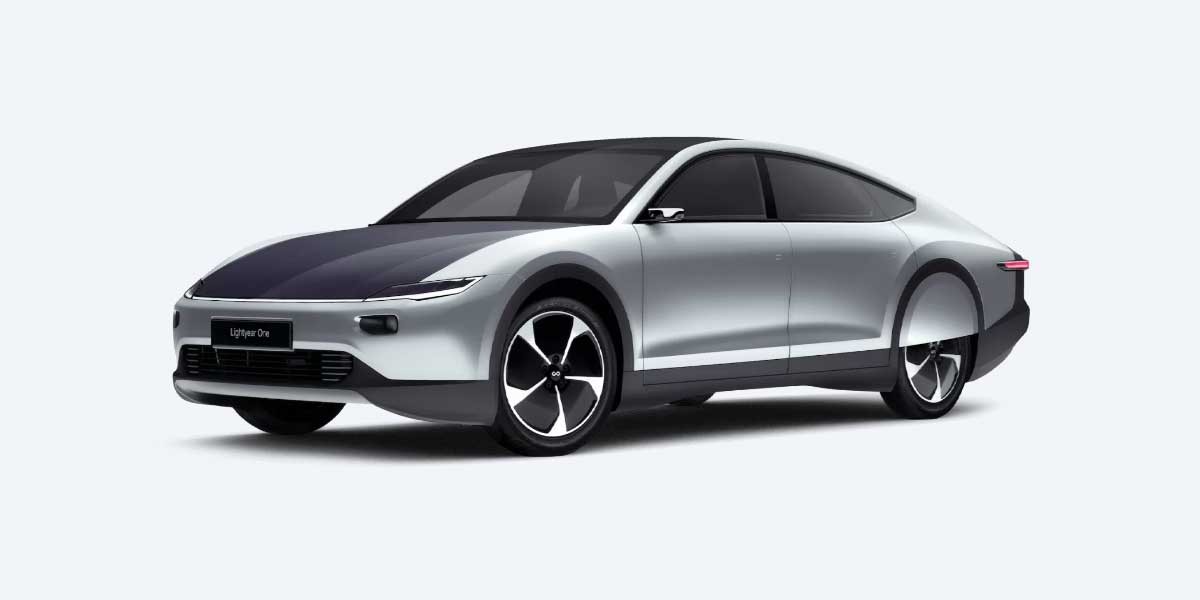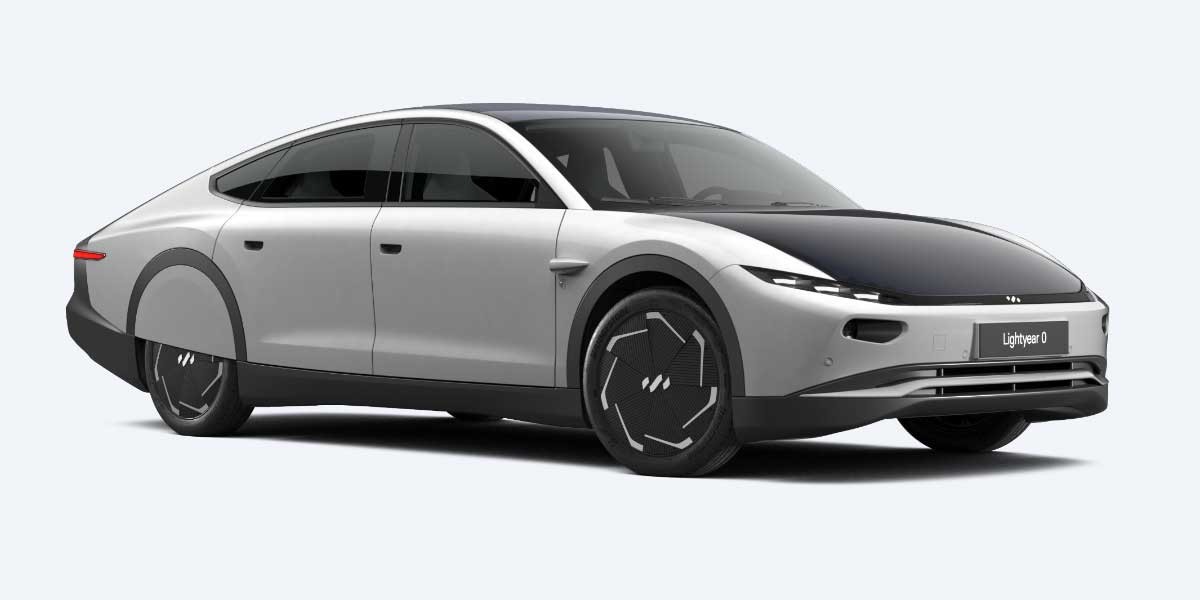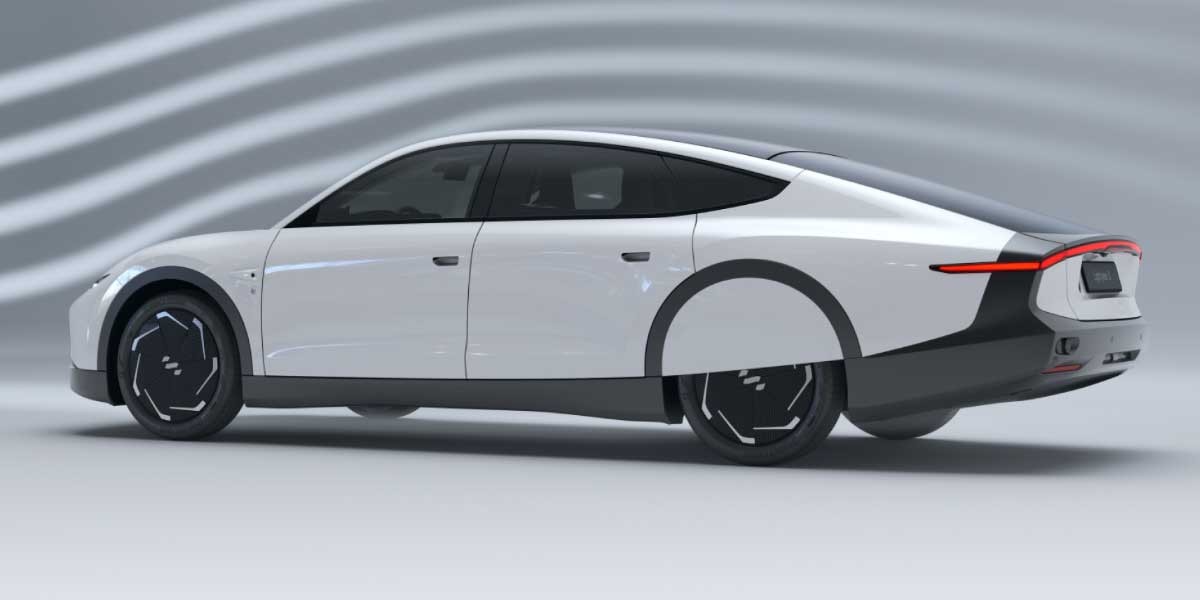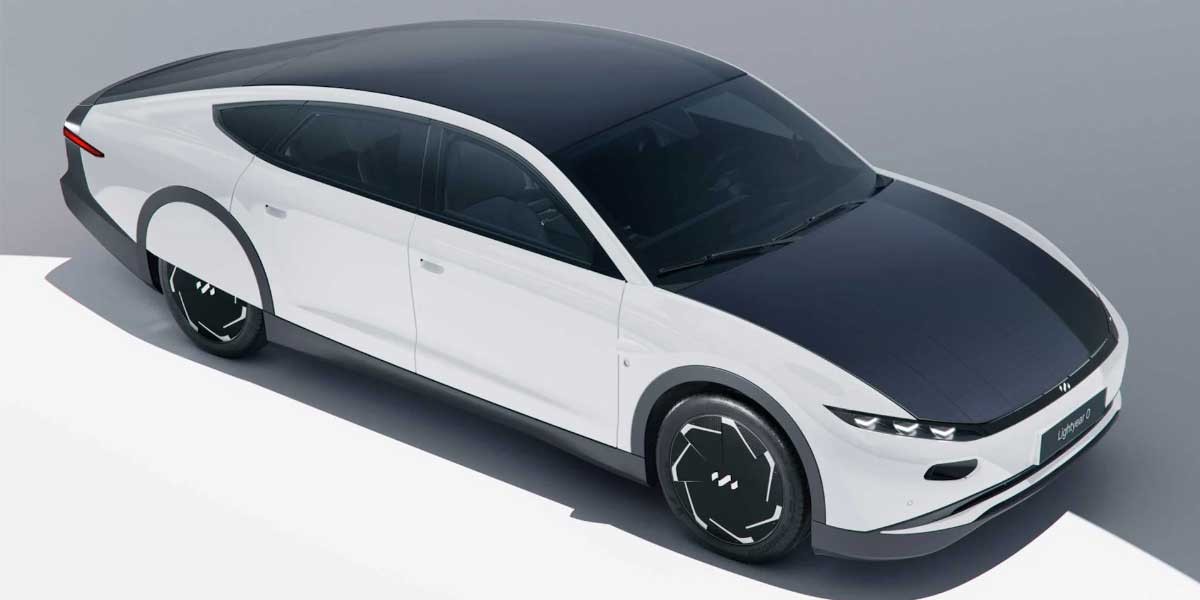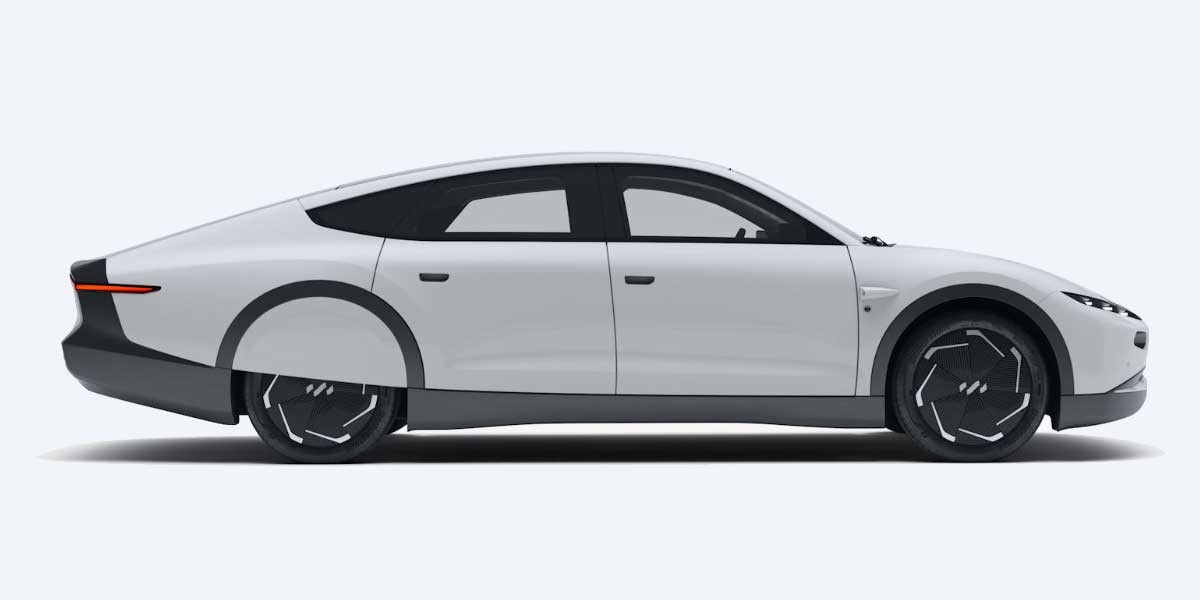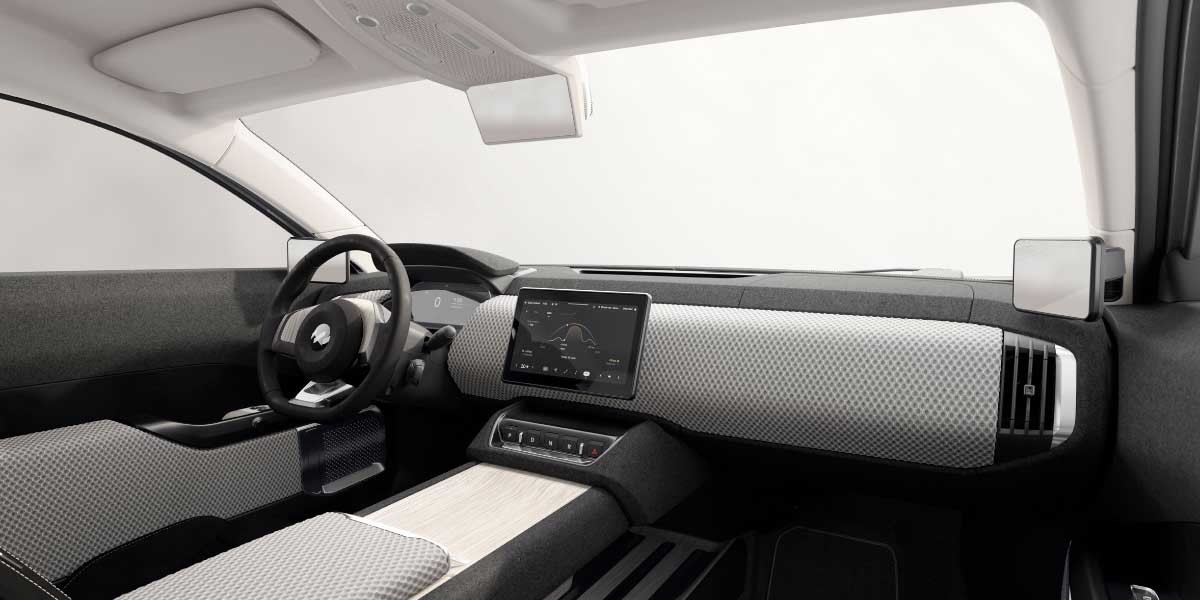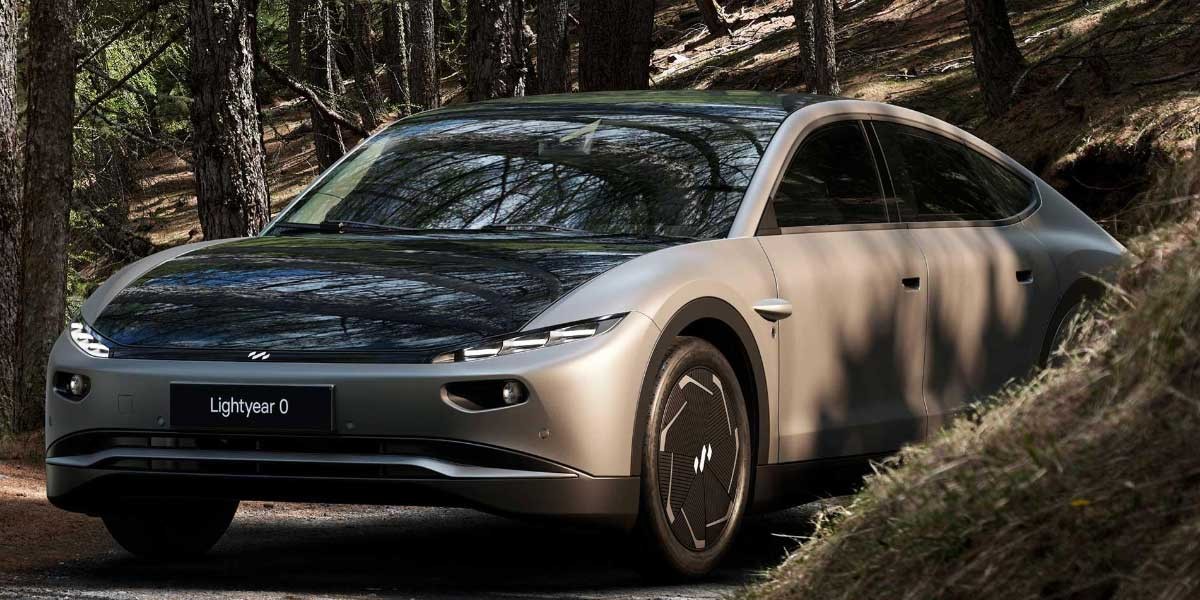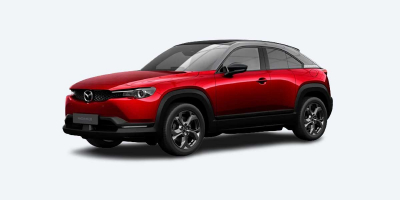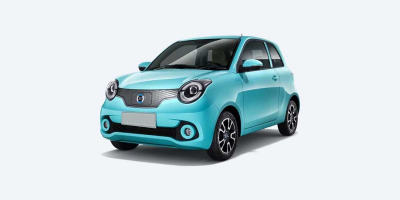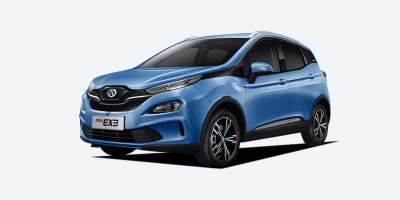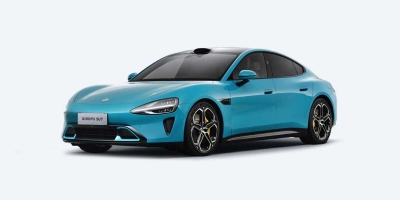Lightyear 0
User Rating: 4.69 / 5
![]()
![]()
![]()
![]()
![]()
Lightyear 0 Review ⚡
What is Lightyear 0?
Lightyear 0 stands as a trailblazing solar electric car, engineered to maximize the sun's power for driving. It's the first of its kind to blend solar energy with electric mobility, aiming for unparalleled efficiency and sustainability on the road.
Lightyear 0 price:
US$ 263000 *
| manufactured in | Netherlands |
| sales start | 2022 |
| range (km) | 625 |
| battery (kWh) | 60 |
| max. speed (km/h) | 160 |
| 0 to100 km/h | 10 |
| power (h.p.) | 177 |
| car type | hatchback / 5 doors |
| drive type | AWD |
* Minimum price set by the manufacturer, excluding taxes and additional options
Exploring the Solar-Powered Champion: Lightyear 0
Introducing the Lightyear 0, a marvel hailing from the Netherlands, this electric hatchback is nothing short of an engineering magnum opus. It strides forward, wielding the power of aerodynamics and solar energy, ready to set a new paradigm in electric mobility. Let us embark on an elucidative journey to unfurl the magic woven into the very fabric of the Lightyear 0, shining a light on its revolutionary attributes and the extraordinary potency it brings to the pavement.
Technical Mastery Behind Lightyear 0's Design
The architects of the Lightyear 0 have embraced aerodynamics not merely as a concept but as their guiding star, achieving an air resistance coefficient that seems almost mythical - a paltry 0.19. Through meticulous design intricacies, the vehicle slices through air with the grace of an arrow, ensuring that not a joule of energy is wasted to air drag, thereby maximizing efficiency and elongating its voyages.
Solar-Powered Mileage: A Leap Towards Autonomy
Among its arsenal of features, the Lightyear 0's solar panels stand out, adorning its surface like a technologically advanced exoskeleton. These photovoltaic miracles cover a generous 5 square meters, thirstily drinking in the sun's rays. In the embrace of sunny weather, they charge a dedicated 1.05 kWh battery, bestowing upon the Lightyear 0 an additional 70 kilometers of exploration.
Unveiling the Prowess of Lightyear 0's Range
At the heart of the Lightyear 0 purrs a 60 kWh traction battery, endowing this chariot with a staggering range of 625 kilometers as per the WLTP cycle. Even when the vehicle dashes at a constant velocity of 110 km/h, it zealously preserves its stamina, boasting a range of 560 kilometers, thereby inscribing its name in the annals of sustainable performance.
Design Innovations for the Modern Explorer
Every element of the Lightyear 0 is sculpted with efficiency in mind. Eschewing conventional side mirrors for cameral optics, it further hones its aerodynamic capabilities. Doors adorned with 'recessed' handles complement the vehicle's sleek profile, reinforcing its commitment to cutting through air like a scythe.
All-Wheel Drive: Commanding the Elements
The Lightyear 0's all-wheel drive system is not merely a feature; it's a testament to its unwavering determination to conquer diverse terrains. This sophisticated drivetrain ensures that every journey is imbued with stability, empowering drivers to traverse roads less travelled with unwavering confidence.
In our odyssey through the beckoning horizon of electric mobility, the Lightyear 0 emerges not just as a vehicle but as a harbinger of a sustainable future. It epitomizes the zenith of innovation, where solar power and aerodynamic wizardry converge to craft an experience that transcends conventional driving. Lightyear's meticulous commitment to eco-conscious engineering propels the Lightyear 0 into the spotlight as an exemplar of how we power our wheels can shift the very groundwork of mobility. For those with a glimmer in their eyes for groundbreaking, green technology, and a heart that races for performance, the Lightyear 0 beckons as a beacon of possibilities on the open road.
F.A.Q. about Lightyear 0:
What is the range of the Lightyear 0 on a single charge?
The Lightyear 0 has a range of 625 kilometers (388 miles) on a single charge.
How long does it take to fully charge the Lightyear 0?
The charging time for the Lightyear 0 can vary depending on the type of charger used. It takes approximately 6-8 hours to fully charge with a Level 2 charger.
Are electric vehicles more expensive than gasoline cars?
Electric vehicles like the Lightyear 0, which costs EUR 263,000 (approximately USD 310,000 or GBP 270,000), tend to have a higher upfront cost compared to many gasoline cars, but they often save money in the long run with lower fuel and maintenance costs.
What is the price of the Lightyear 0?
The Lightyear 0 is priced at EUR 263,000 (around USD 310,000 or GBP 270,000).
What is the battery capacity of the Lightyear 0?
The Lightyear 0 has a battery capacity of 60 kWh.
What is the top speed of the Lightyear 0?
The maximum speed of the Lightyear 0 is 160 km/h (about 99 mph).
What is the total power of the Lightyear 0?
The Lightyear 0 has a total power output of 177 horsepower (132 kW).
How does the Lightyear 0 accelerate compared to other EVs?
The Lightyear 0 accelerates from 0 to 100 km/h (0 to 62 mph) in 10 seconds, which is moderate acceleration compared to other EVs.
What type of drivetrain does the Lightyear 0 use?
The Lightyear 0 uses an all-wheel-drive (AWD) system.
Comparison of Lightyear 0:
Range
The Lightyear 0 boasts an impressive range of 625 km (388 miles), which certainly holds its own. However, the Tesla Model S Plaid takes the crown here with a staggering 628 km (390 miles). The Lucid Air Dream Edition is close behind at 650 km (403 miles). Meanwhile, the Porsche Taycan Turbo S manages about 450 km (280 miles), and the Mercedes-Benz EQS 580 offers 560 km (348 miles). Clearly, range anxiety is not a term befitting the top-tier competitors.
Acceleration
This is where the adrenaline junkies lean in. The Lightyear 0 gets from 0 to 100 km/h (0-62 mph) in 10 seconds. Respectable for a planet-saver, but dont bet on it in a street drag. The Tesla Model S Plaid obliterates roads with just 2.1 seconds. The Lucid Air Dream Edition takes it up to 2.5 seconds, the Porsche Taycan Turbo S grips it around 2.6 seconds, and the Mercedes-Benz EQS 580 settles at a still-nippy 4.3 seconds.
Power
With 177 horsepower, the Lightyear 0 focuses more on efficiency than raw muscle. On the other side of the spectrum, the Tesla Model S Plaid blasts out a jaw-dropping 1020 horsepower. The Porsche Taycan Turbo S brags about its 560 horsepower, while the Lucid Air Dream Edition comfortably sits at 933 horsepower. The understated luxury of the Mercedes-Benz EQS 580 isnt far off with 516 horsepower. Clearly, our sustainable Lightyear friend occupies the genteel end of the power scale.
Charging Time
When it comes to recharging, efficiency holds the key. The Lightyear 0 can be charged in approximately 8 hours on a standard 240V outlet. The Tesla Model S Plaid pushes ahead with its supercharging capability, replenishing up to 80% in just 30 minutes. The Porsche Taycan Turbo S follows suit, taking around 22.5 minutes for a similar boost. The Lucid Air Dream Edition offers rapid charging at 20 minutes for 300 miles (482 km) range, while the Mercedes-Benz EQS 580 completes the lineup with a commendable 31 minutes.
Price
Heres where it gets prickly. The Lightyear 0 starts at a whopping $263,000 (£198,000; €240,000). The Tesla Model S Plaid begins at a relatively modest $129,990 (£97,990; €120,000) given its monstrous performance. The Porsche Taycan Turbo S isnt far behind, opening at around $185,000 (£138,826; €174,000). The Lucid Air Dream Edition tips the scales at about $169,000 (£127,256; €159,000), while the Mercedes-Benz EQS 580 sits within reach at $118,000 (£90,254; €109,000). So, the Lightyear 0 is perhaps best for those willing to splurge on its distinctive, solar-rid design.
Submit a request to add information about your company to the MOTORWATT EV Database

